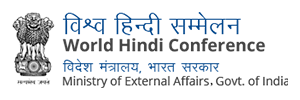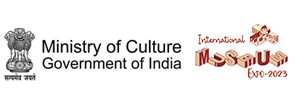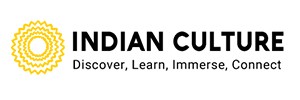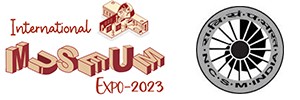Science City, Kolkata, a unit of National Council of Science Museums (NCSM) in collaboration with Chabot Space & Science Centre, California, USA, have launched ‘Museums ConnectSM’ project entitled “Hacking Space: A Student Partnership to Sustain Life on Earth.” ‘Museums ConnectSM’ is an initiative of the U.S. Department of State’s Bureau of Educational and Cultural Affairs and is administered by the American Alliance of Museums.
The objective of the project is to bring together a community of sixteen students in the age group of 15 to 18 years from the U.S. and India to explore cultural and environmental impacts and identify innovations originally developed for space travel that could be put in practice here on Earth. The project will be a special team opportunity for the budding researchers to explore inter-disciplinary ideas in environmental science, engineering and design.
‘Museums ConnectSM’ allows students and citizens across the globe to delve into issues impacting their local communities and to work together to address some of humanity’s most pressing challenges. Over the course of one year starting September 2015, youths selected by Science City, Kolkata from India and from Chabot Space & Science Centre, California will develop a series of demonstrations and activities exploring solutions that space travel innovations offer, for environmental and sustainability challenges faced in Kolkata and in California.
Twelve students from different schools of Kolkata have been shortlisted by Science City, Kolkata through a rigorous procedure from a total of 57 applicants. The students’ creative work, experience in working on science fair and projects, interest to take up challenging and innovative projects were considered while finalising the participants. Out of these 12, eight students will be finally selected based on their overall performance while working in team at Science City to travel to Chabot Space & Science Centre California in May/June 2016.
*********
Back ground of the project:
With the increase in population, human impact on the natural world has become a greater challenge. The Earth’s population has reached seven billion people and is likely to exceed to nine billion by the year 2050. This growth will inevitably change the ways in which humans manage resources and adapt to changing environmental issues. The standards of living in various cultures around the world may no longer be sustainable or affordable. Current technology has already brought about increased globalization, which has led to significant collaboration and innovation in virtually every sector, from business to education. As increased globalization continues, it will be the task of the next generation to collaboratively discover the innovations that will allow our growing population to sustain life in our planet.
The collaboration will seek to use technology, developed around space travel, as student-led lessons for how humans might develop better strategies for environmental sustainability.











